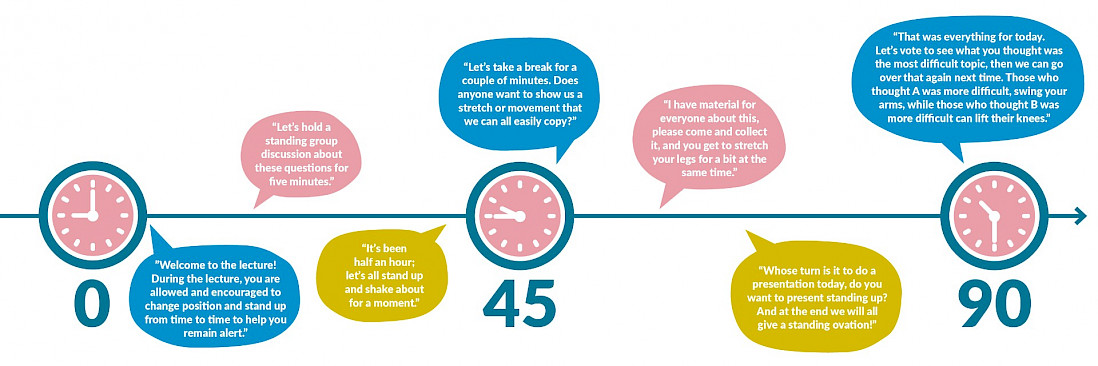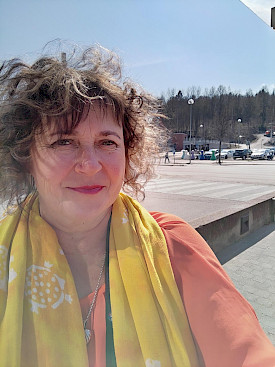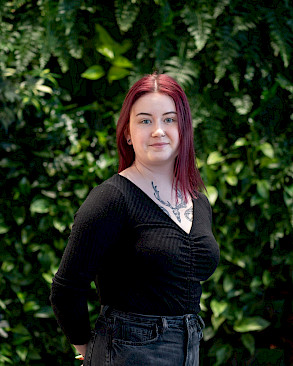90 minutes of wandering minds or focused learning?
University lectures easily turn into sitting marathons. Breaks have been proven to improve learning, well-being and health, but how could we take five from these tight, 90-minute study sessions? This article published in Acatiimi, takes a look at the ways in which university students and lecturers could take breaks in sitting.

“The traditional 90-minute academic lecture is one of the main factors causing static sitting time at Finnish universities,” Doctor Arto Pesola has stated. Doctor Pesola, who has a PhD in Sports Sciences and is a member of the university sports expert working group, wrote his doctoral thesis on the health benefits of reduced sitting.
The Covid-19 pandemic and the increases in remote learning have sent students ever deeper into their seats. Wishes for more active lectures have been expressed; for example in the 2022 Student Barometer, students voted that teaching practices which support physical activity are the most important way to promote exercise and movement.
But what could these practices be? We asked university students and a lecturer how to make 90-minutes sit-down marathons history.

Both students and teachers usually prefer to do 2x45min double lectures as one 90-minute session so that they can have a longer break afterwards. But this does mean staying seated for a long time. From a physiological perspective it is better to take proper breaks from sitting more often. Even if there is a small break in the middle of a long lecture, it does not always encourage students to get moving. People have different views of what “taking a break” means.
“I often notice that if the break is only five minutes, I can’t be bothered getting up and going somewhere for such a short time,” student Reetta Tienari says.
Breaks, movement and activity do not only increase physical wellbeing, but also improve concentration and learning results.
“It often gets mind-numbing if the teaching only consists of slideshows and the teacher talking. It only takes about fifteen minutes for my mind to start to wander,” Tienari says.
“I’ve even noticed in my grades that teaching that includes varied, active elements is easier to remember and leads to better grades in exams,” student Jenny Hieto says.
Lecturer Maarit Honkonen-Seppälä aims to divide her lectures into 20-minute sections followed by a break and a change, such as moving into group work. One way to increase activity in the teaching is to present group projects as videos or in the form of a play.
Honkonen-Seppälä says that she always considers what the main learning objective is for each day, and whether there is a way to make it more active.
“When the teacher is explaining something complicated or important, we could all stand in a circle where the teacher could start by explaining it, and then one of the students would explain how they understood it, taking turns,” Hieto suggests.
There are many ways to take breaks from the teaching and increase physical activity. Honkonen-Seppälä says that she uses group discussions where the students are standing up or walking, and that she takes the teaching outside whenever possible for example in speech communication. She encourages teachers to consider the ways to increase movement that come naturally to them, and to use those.
One challenge for adding movement to lectures is caused by rooms that are not very well suited to this, such as large lecture theatres. Hieto points out that it is still possible to move a little bit even while seated.
“I think people focus too much on the limitations in the rooms, but it’s perfectly possible to do small stretches, wave your arms and legs and roll your shoulders anywhere, even in your seat. We should instead think about what the opportunities are in each specific space.”
Interviewees:

Maarit Honkonen-Seppälä, Lecturer
Humak University of Applied Sciences

Jenny Hieto, Chair of the Board
Student Union of LAB University of Applied Sciences KOE

Reetta Tienari, Wellness and Health Advisor
Student Union of LAB University of Applied Sciences KOE
Download the article published in Acatiimi as a PDF file here (only in Finnish). Feel free to share the article - for example, you can print it out for display in the university environment.
The article was published in Finnish as an advertorial of the Students' Sports Association in Acatiimi magazine on June 16, 2023.
You may also be interested in
-
The Finnish Student Sports Federation invites students to test their exercise habits and study ability
Published:The Finnish Student Sports Federation (OLL) is reminding people in September and October of the importance exercise in maintaining and improving study ability.
-
Back to the wonderful yet stressful student life – how to take care of yourself in the autumn rush
Published:Returning to studies and everyday routines can be cause for celebration for one, and cause for tears for another. One person enjoys scheduling and planning, while another would like the holiday to continue for a bit longer. To make the start of the autumn a little more enjoyable, we’ve put together a few tips to brighten up your days.
-
We will include students in the promotion of exercise
Published:The problems of students are hidden beneath the coping narrative, and the cause is their youth, writes Niko Peltokangas, Secretary General of OLL. During the parliamentary election, the Federation is campaigning to see students identified as a separate group in the legislation for exercise promotion.
Read more about article: We will include students in the promotion of exercise
Share this page
Page last updated 17.8.2023
